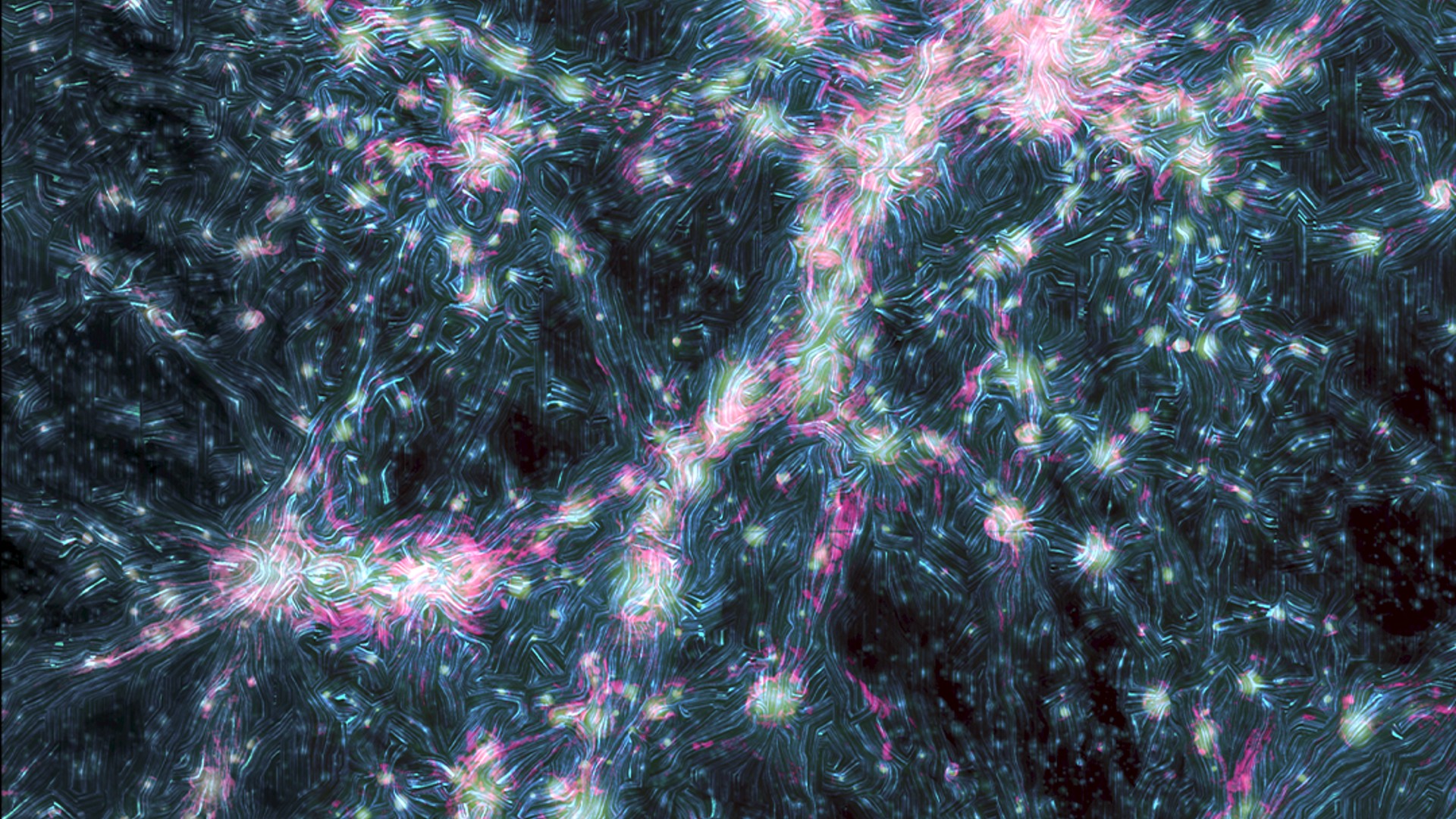Solar Alignments Cause 'Manhattanhenge' This Weekend
For 15minutes around sunset on two days this summer, the sun will set in exactalignment with the cross streets of Manhattan?s street grid, making the city?stowering buildings function something like a modern-day Stonehenge.
They callit Manhattanhenge.
The firstManhattanhenge opportunity comes this weekend: On Saturday (May 30) at 8:17 p.m.EDT the ball of the sun will be half above the horizon, half below if you lookwest down a major cross-street (34th Street and 42nd Street are good viewing locations). On Sunday, May 31, the entire solarsphere will be visible just above the horizon at 8:17 p.m. EDT.
The secondopportunity comes later in the summer, with another half-sphere sunset on Sunday,July 12, at 8:25 p.m. EDT and a whole-sphere viewing on Saturday, July 11, at 8:25p.m. EDT.
These timesare calculated every year by the astronomer Neil deGrasse Tyson, director ofthe Hayden Planetarium in New York, who coined the term"Manhattanhenge."
The"henge" comes of course from Stonehenge,the prehistoric monument in the Salisbury plains of England. The largestructure of stones and earthen mounds is thought to be a burial ground that wasoriented to face the midsummer sunrise and midwinter sunset.
Manhattan's street grid doesn't rungeographically north to south, but instead aligns itself with the direction ofthe island. If the grid did run north-south, Manhattanhenge would fall on the springand autumn equinoxes, the only two days during the year when the Sun risesdue-east and sets due-west. (The equinoxes occur when the sun sits directlyover the Earth's equator and the length of day and night are roughly equal.)
Get the Space.com Newsletter
Breaking space news, the latest updates on rocket launches, skywatching events and more!
Because Manhattan'sgrid is rotated 28.9 degrees east from geographic north, the days ofalignment with the cross streets are also shifted.
Manhattan's street grid was laid down by the Commissioners'Plan of 1811, which was adopted by the New York State Legislature.
New York isn't the only city that can haveits own "henge" events: Any city crossed by a rectangular grid hasdays where the setting Sun aligns with the streets. But a clear view of thehorizon and straight streets are needed, and New York might be the only citythat fits the bill.
Join our Space Forums to keep talking space on the latest missions, night sky and more! And if you have a news tip, correction or comment, let us know at: community@space.com.

Andrea Thompson is an associate editor at Scientific American, where she covers sustainability, energy and the environment. Prior to that, she was a senior writer covering climate science at Climate Central and a reporter and editor at Live Science, where she primarily covered Earth science and the environment. She holds a graduate degree in science health and environmental reporting from New York University, as well as a bachelor of science and and masters of science in atmospheric chemistry from the Georgia Institute of Technology.
